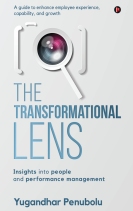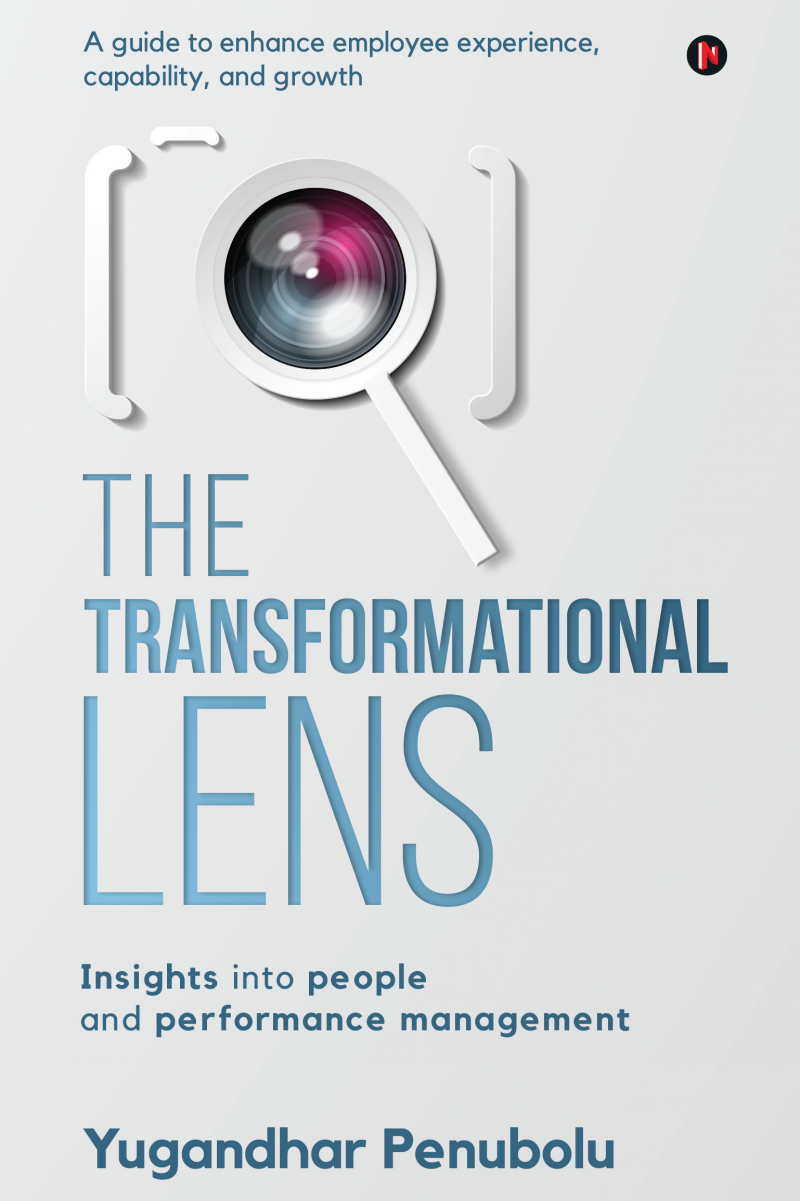
Toolbar


Business, Investing & Management | 22 Chapters
Author: Yugandhar Penubolu
"An incredible reckoner for anyone navigating a leadership position or on a career path to successful leadership in an organization. Yugandhar’s work should serve as a book that one can keep referring to for almost any situation in the work environment. Experienced professionals and those embarking on their first jobs will benefit tremendously."-Vikram Sudarsan, President and CEO, Engrail Therapeutics, San Diego former CEO Cipla Technologies ....
SECTION 1
Building Blocks
Noah, the Senior Vice President of a Non-Banking Finance Company, has been successfully managing loan sales of the organisation since its inception 6 years ago. This 750-member company which is managed by a highly experienced operations team has been growing at a steady pace.
The company recently started operations in 7 new cities and hired a hundred employees; those working for the company had never seen such a sudden influx of people. There were many ends to be fixed like ensuring that people got inducted into the organisation well, arranging the new workspaces and so on. Added to this, two larger challenges were at their doorstep – the Finance Minister introduced new lending regulations applicable to NBFCs, which needed to be complied with, and the bank lending rate also started to surge.
Noah and his peers found so many new developments overwhelming and were on firefight mode. They focussed on issues needing immediate attention such as remotely managing the new team members, setting up processes in new locations, as well as revising financial projections owing to changes in interest rates.
Noah had micro-managed operations to a large extent in the initial years, and he felt uncomfortable to rely heavily on inputs from the newer location managers. Now that the organisation had grown into a much larger one with more people and higher complexity, he realised the immediate need for him to empower key members and to effectively use the talent of the organisation. This would help him free most of his time spent on operations to concentrate on building networks and organisational transformation.
Organisation’s Challenges and Expectations
The above example of Noah helps us understand that organisations deal with complex and diverse issues simultaneously. And leaders tend to find themselves firefighting to meet process and regulatory adherence apart from catering to staff and client expectations.
Leaders like Noah, who had dealt with and mentored teams personally while the organisation was smaller, may start to perceive people’s engagement and capability with dated and limited interactions, leading to a trust deficit and demotivation.
The same leader, who has so far successfully managed the company, is now faced with handling new and tough scenarios, which he may not know how to manage.
Some of the challenges are:
 Low accountability
Low accountability
 Managing transformation
Managing transformation
 Operations scalability
Operations scalability
 Attrition management
Attrition management
The question in such a scenario is this: How could the leader channelise efforts in building a sustainable and fit organisation which is capable of progression in this ever-changing business environment?
Noah and the other leadership team members need to focus on building the right foundation through cohesive teams which are empowered and accountable in the organisation. Defining and communicating the right values, behaviours, vision, and purpose will serve as direction and a reference for all interpersonal dealings in the organisation.
This culture, however, keeps transforming. The aim is that the transformation helps the organisation progress into an inclusive one where there is visible commitment, healthy curiosity and effective collaboration. An organisation where employees practice these would find it easier to prioritise, organise and work cohesively in teams to provide clients with great products and service.
What Employees Seek
It is a known and accepted fact that organisations are made of employees whose basic expectations are:
 Money
Money
 Respect
Respect
Their aspirations within the organisation revolve around:
 Work-life balance
Work-life balance
 Growth (learning and career)
Growth (learning and career)
Most employees tend to go through phases of emotional stress and anxiety if they feel that any of the above four aspects are unsatisfactory or unmet.
On the contrary, it is seen that active engagement of an employee grows considerably if these above four elements are met.
With active employee engagement, employees would feel a higher sense of belonging followed by higher accountability. So, if leaders understood their employees well, the organisation would benefit greatly. They would also realise that highly engaged employees would strive to deliver great customer experience.
– Jag Randhawa
The Bridge between Seeking and Accountability
The fear that deviation from task description might result in negative consequences, would stall innovation and creativity. This confinement also makes the job feel mundane, limiting the seeking quotient for purpose and excellence. Yet, employees instinctively seek to discover and explore.
So, while an environment of accountability without seeking calls for low creativity, a balance between the seeking mindset of employees and accountability could set a path that enables change and leverages strengths for growth.
Leaders could balance the two by setting direction/expectation/goals and empower employees with processes and platforms that help employees with planning their work, sharing learnings and ideation. This culture alone has the potential to improve ownership and engagement at the workplace.
Those who work towards enhancement of capability would be more resilient and confident in managing themselves, their teams and planning growth.

Business, Investing & Management | 22 Chapters
Author: Yugandhar Penubolu
Support the author, spread word about the book to continue reading for free.
The Transformational Lens
Comments {{ insta_features.post_zero_count(insta_features.post_comment_total_count) }} / {{reader.chap_title_only}}
{{ (txt.comment_text.length >= 250 ) ? txt.comment_text.substring(0,250) + '.....' : txt.comment_text; }} Read More
{{ txt.comment_text }}
{{txt.timetag}} {{(txt.comment_like_count>0)? txt.comment_like_count : '' }}{{x1.username}} : {{ (x1.comment_text.length >= 250 ) ? x1.comment_text.substring(0,250) + '.....' : x1.comment_text; }} Read More
{{x1.comment_text}}
{{x1.timetag}} {{(x1.comment_like_count>0)? x1.comment_like_count :''}}{{x2.username}} : {{ (x2.comment_text.length >= 250 ) ? x2.comment_text.substring(0,250) + '.....' : x2.comment_text; }} Read More
{{x2.comment_text}}
{{x2.timetag}} {{(x2.comment_like_count>0)?x2.comment_like_count:''}}